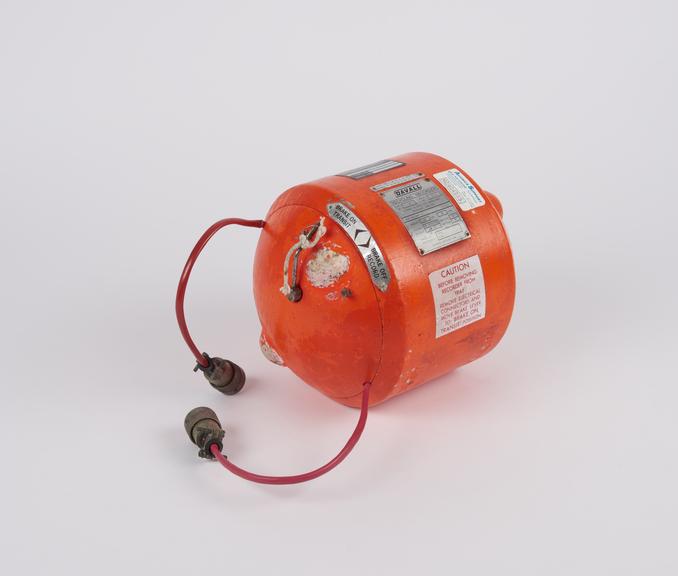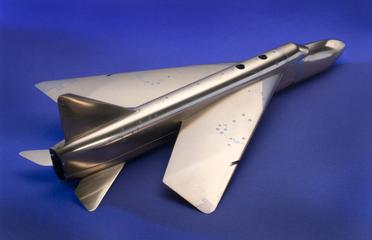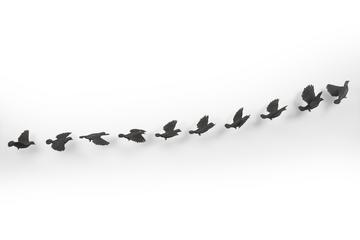

Flight data recorder and cockpit voice recorder, or 'Black Box', 'Recycling Recorder' type in red, also known as a 'red egg', by S. Davall & Sons Ltd, Greenford, Middlesex.
Flight recorders, or ‘black boxes’ as they are more commonly known, have been used to record a variety of parameters since the first experiments of flight in the early 20th century. They are a device that has been developed consistently over time and across the world, keeping up with advancements in flight, data and communications technology.
This flight recorder demonstrates a significant breakthrough in the technology, as it was the first device to record voices within the cockpit in addition to the usual data. It also had the capacity to be re-used as it was recorded on magnetic recording media, which made it much more suitable for commercial flights.
This breakthrough was the work of an Australian chemist, Dr David Warren, who built two prototypes in 1956 & 1958 whilst working at Melbourne’s Aeronautical Research Laboratories (now known as the Defence Science and Technology Organisation). His second prototype was the first flight recorder that could record data and voice in the same device.
Warren was inspired to record voices as a data parameter when he saw the world’s first miniature voice recorder at a trade show in 1953. He was investigating an aircraft crash at this time - of the world's first commercial jet airliner, Comet, on its way to Australia in March that year. He has since said he had thought “if a businessman had been using one of these in the plane and we could find it in the wreckage and we played it back, we’d say, ‘We know what caused this’”.
Warren’s design was initially not well received, despite Australia being the first government to make flight recorders mandatory in 1960. His design was eventually taken into production by a British company after Sir Robert Hardingham, the Secretary of the British Air Registration Board, visited the ARL in 1958. He hired a team to assist Dr. Warren in getting his prototype airborne, and S Davall & Sons were given the production rights in 1963 with the product going to market soon after as the ‘Plessey-Davall Recorder’. The recorder was tested by the company by dropping a spike from the top floor onto the device.
The unusual round design led to the device’s nickname ‘red egg’, but most flight recorders are square. Despite being known as ‘black boxes’, they are actually a bright orange to make them easier to locate within a wreck.




